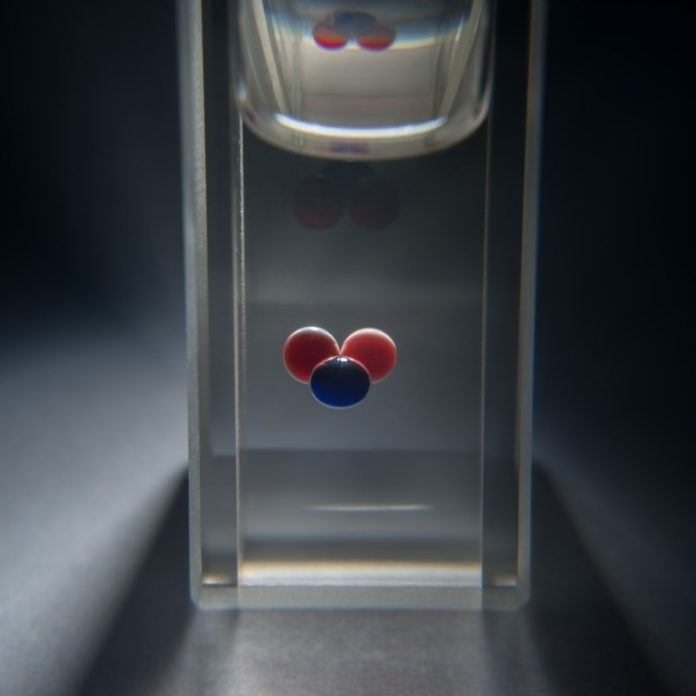In computers, information is stored in bits 1 and 0, which is also called binary code. In quantum computing, it is stored in quantum bits or qubits. Although, computers are not the only way to store information. Chemistry also holds the potential to do so.
Scientists at the Institute of Physical Chemistry of the Polish Academy of Sciences (IPC PAS) in Warsaw have developed a way in which chemical droplets can store information in a one-bit chemical memory unit called the chit.
The chit (chemical memory) is made up of three droplets. Between the droplets, chemical reactions take place continuously. The memory is then rooted in the Belousov-Zhabotinsky (BZ) reaction. BZ reaction is one of a class of reactions that serve as a classical example of non-equilibrium thermodynamics. It results in the establishment of a nonlinear chemical oscillator.
Each time reaction occurs by a catalyst known as ferroin causes the color change. It also generates the reagents necessary for the next reaction, continuing ad infinitum. Scientists then used 2nd catalyst- ruthenium caused the sensitive light reaction. Due to its light sensitivity, blue light is shone upon the reaction and stops oscillating. This allows the scientists to control the process.
As the chit allows for chemical computing, all the components it uses are chemical. According to researchers, this brand-new type of computing could create an entirely new way to store, read, and transfer information.
Prof. Gorecki said, “Our idea for the chemical storage of information was simple. From our previous experiments, we knew that when Belousov-Zhabotinsky droplets are in contact, chemical fronts can propagate from droplet to droplet. So we decided to look for the smallest droplet systems in which excitations could take place in several ways, with at least two being stable.”
“We could then assign one sequence of excitations a logic value of 0, the other 1, and in order to switch between them and force a particular change of memory state, we could use light.”
Dr. Gizynski said, “Our chemical bit has a slightly greater potential than the classical bit. The rotational modes we used to record states zero and one had the shortest oscillation periods of 18.7 and 19.5 seconds, respectively. So if the system oscillated any slower, we could talk about an additional third logic state.”
